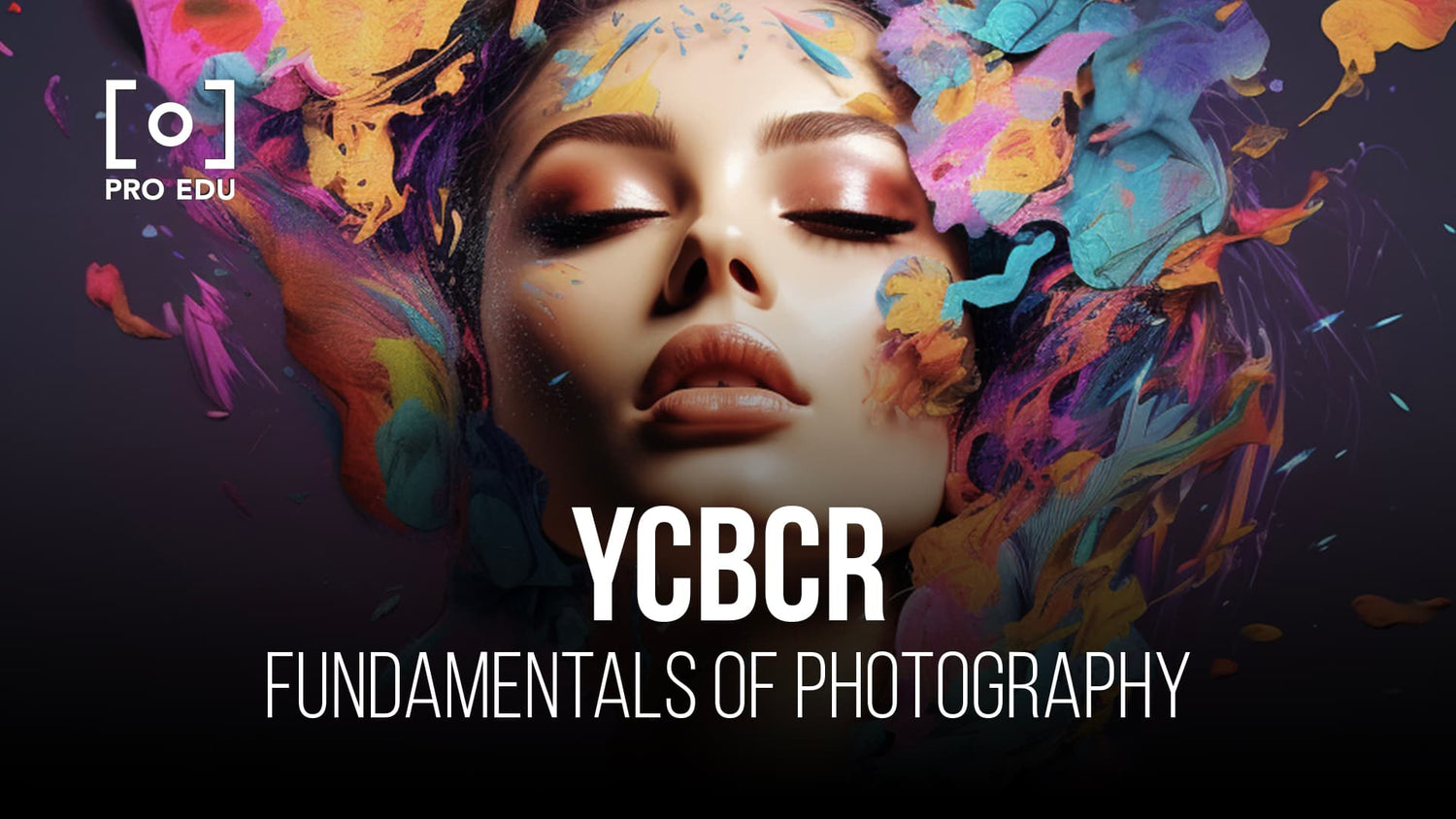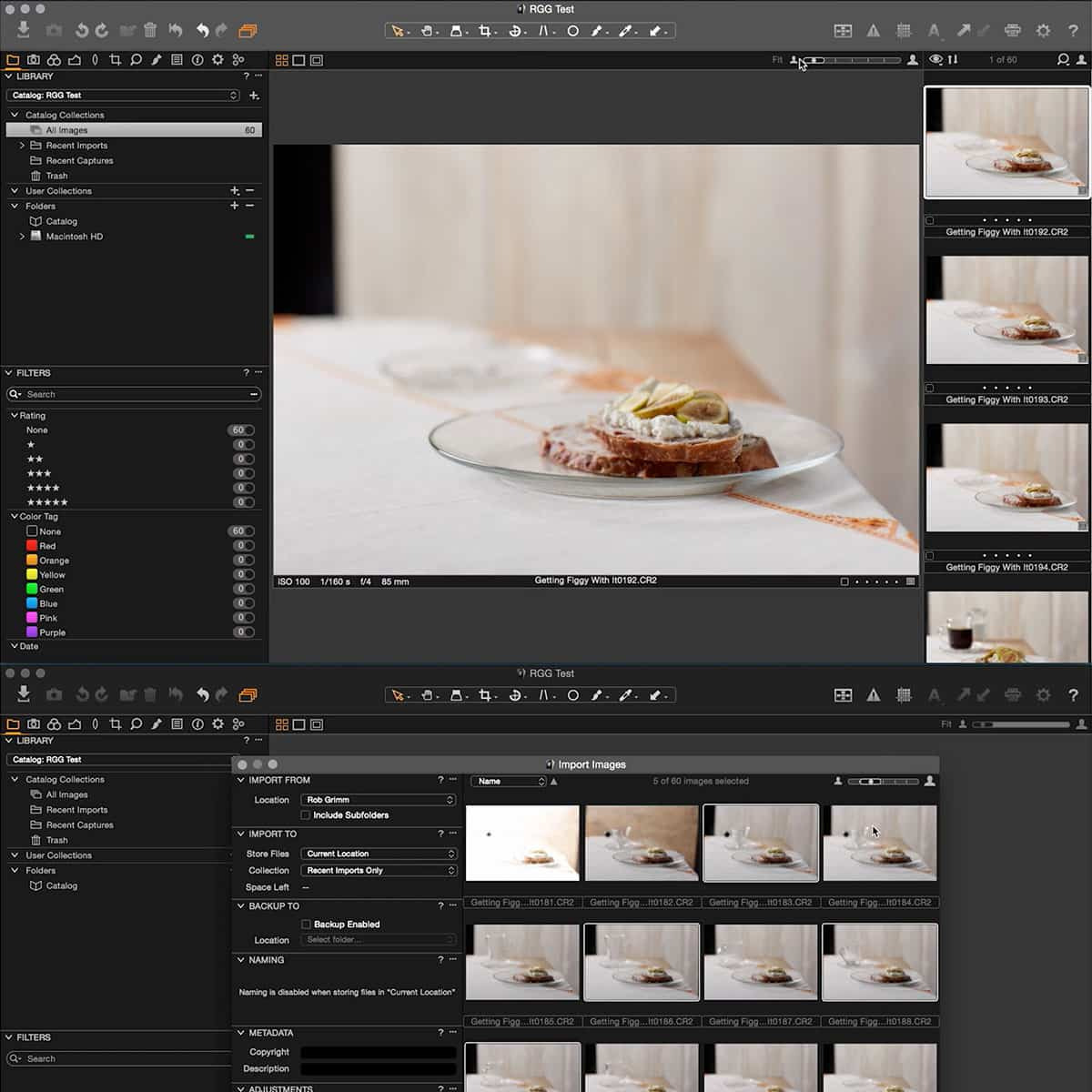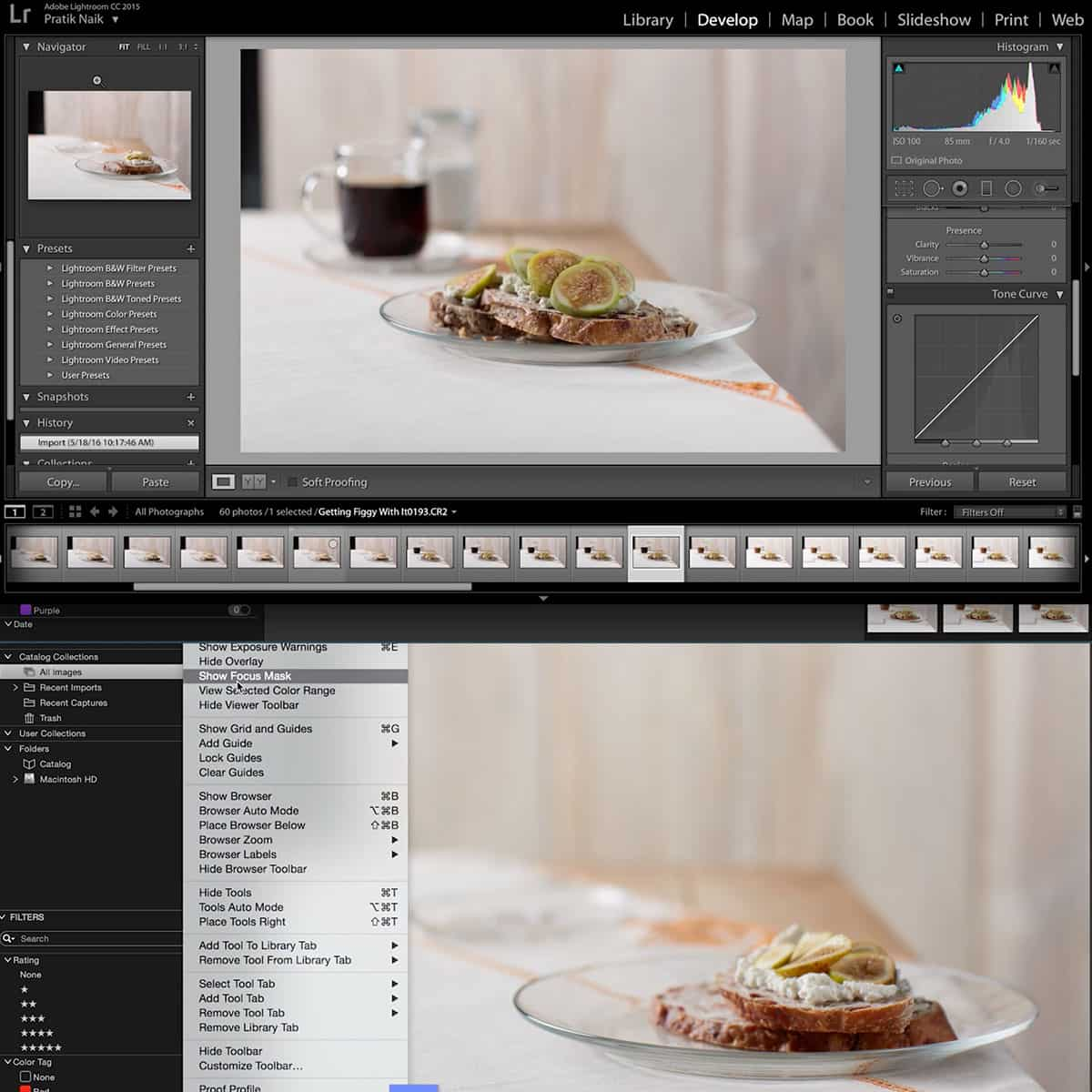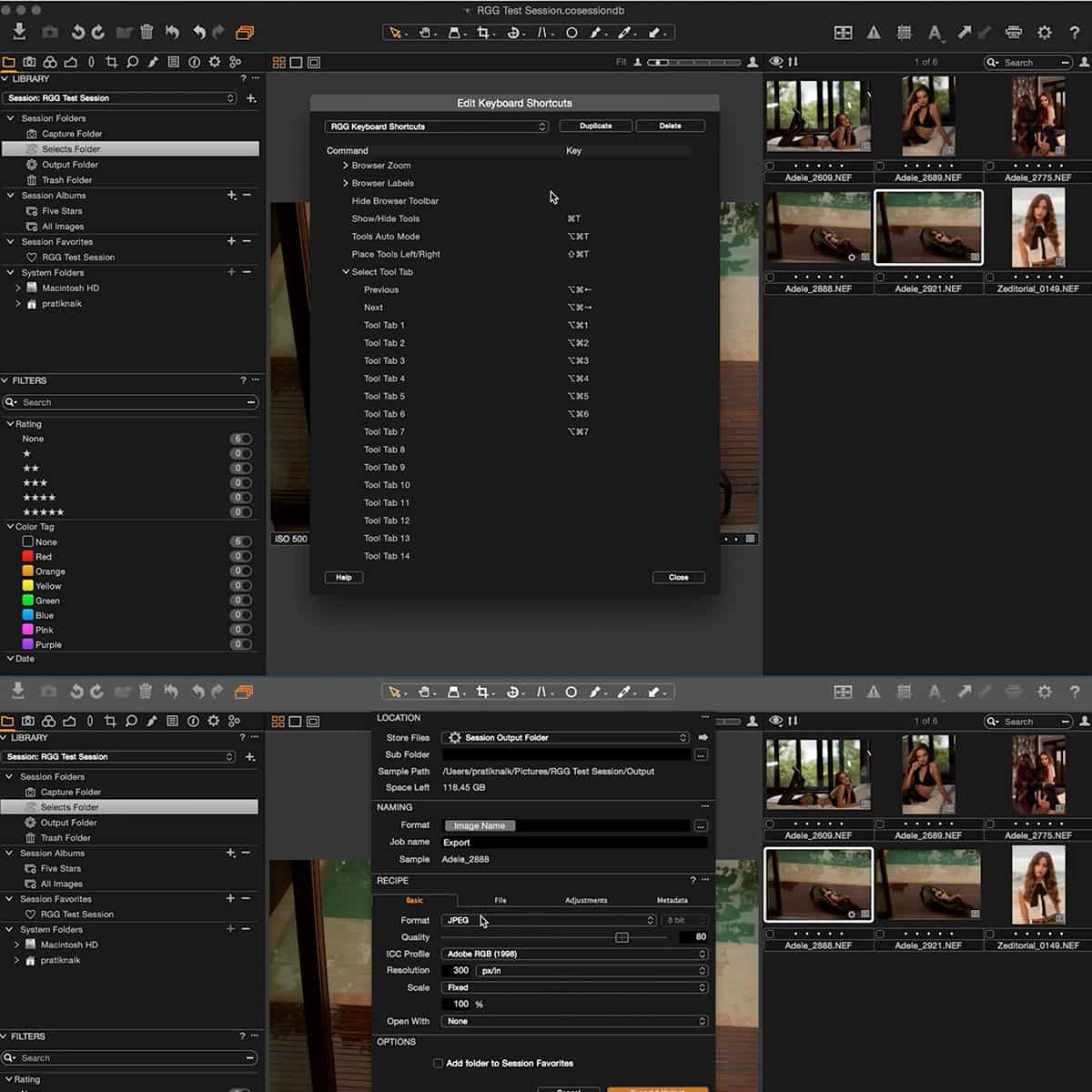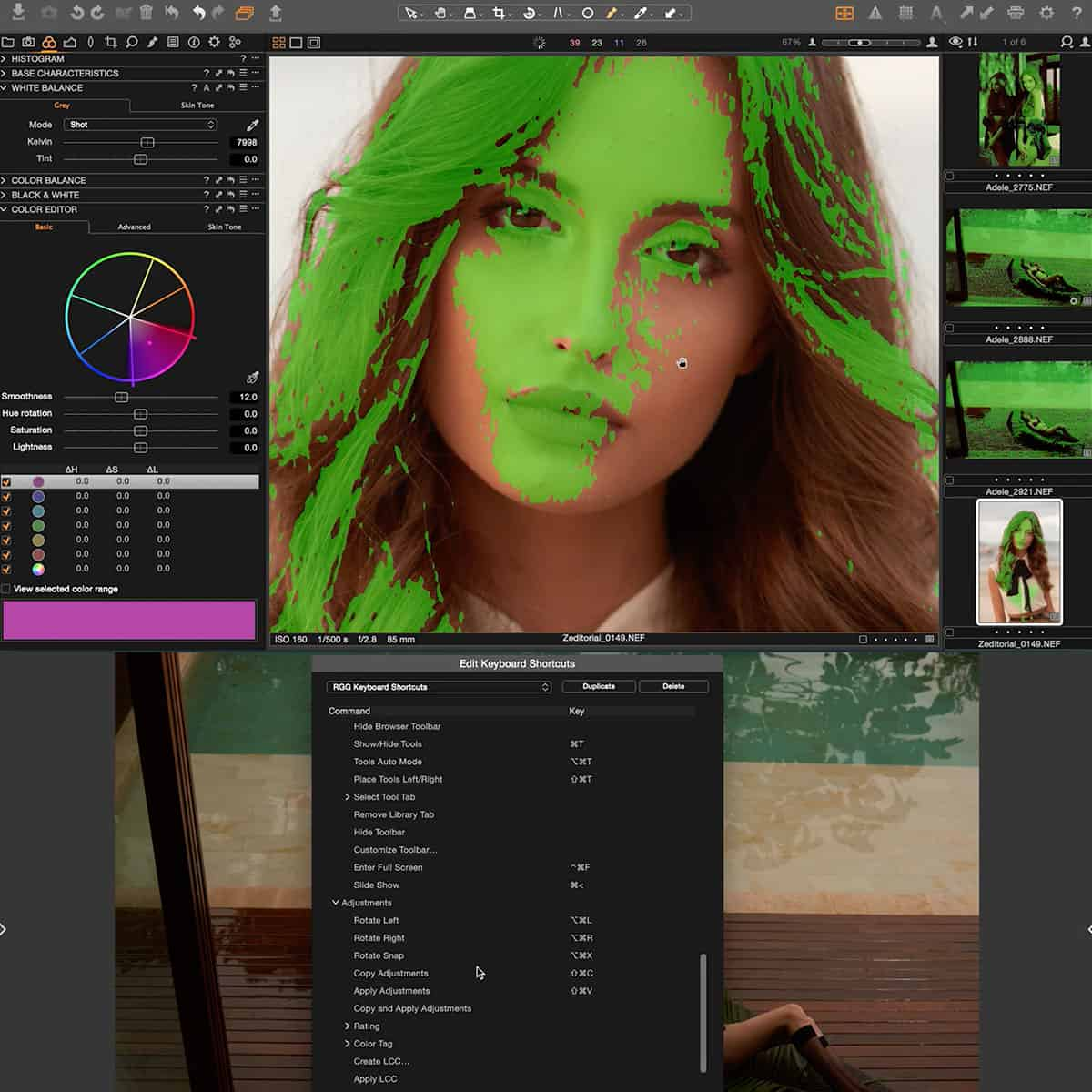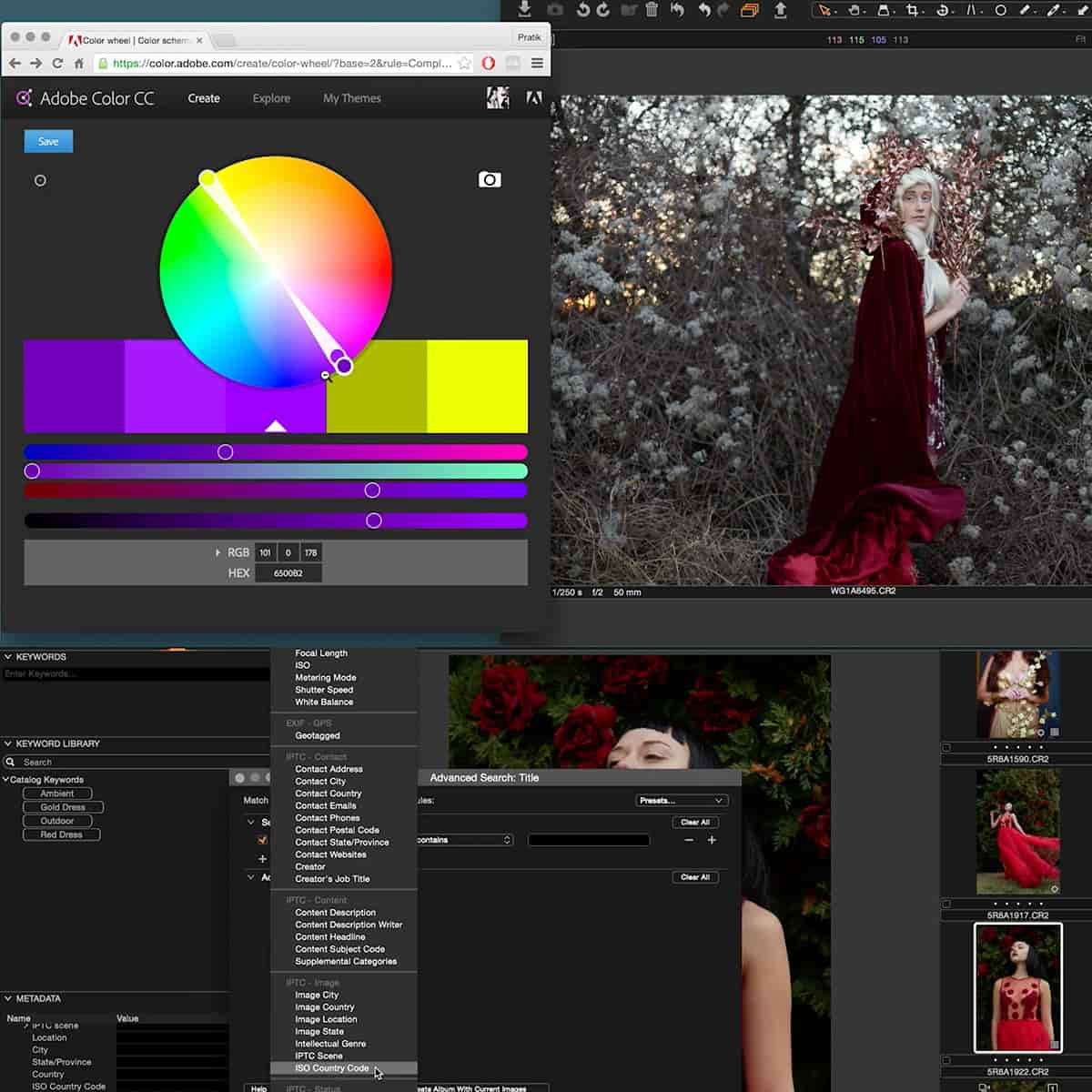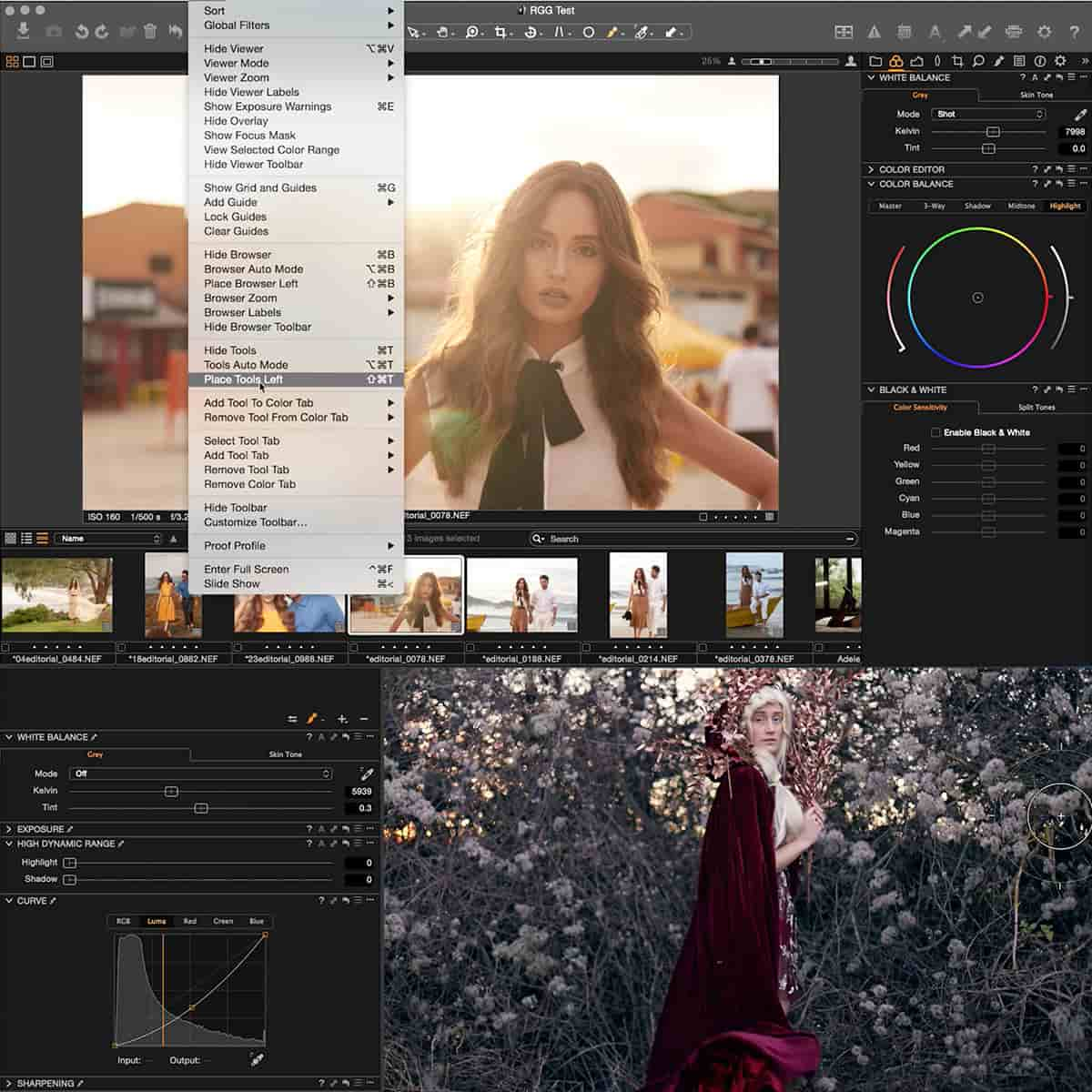YCbCr Color Space: Key to Digital Photography Color Processing
In the realm of digital photography and video, understanding the YCbCr color space is essential to mastering the technical aspects of image quality. Unlike the RGB color space that aligns more with the way displays emit light, YCbCr plays a critical role in the way images are compressed and processed. This color space separates the brightness information (Y) from the color information (Cb and Cr), which aligns well with the human eye's differing sensitivities to luminance and chroma, thereby allowing for more efficient compression without a significant loss in image quality.
The adoption of the YCbCr color space in digital image processing is particularly prominent due to its ability to balance quality and storage efficiency. As the color information is compressed more than the brightness, YCbCr enables the retention of essential visual details while reducing data size. This trait is particularly beneficial in the fields of broadcasting, streaming, and storage of digital media, where bandwidth and file size can be limiting factors.
Key Takeaways
- YCbCr is pivotal for image compression in digital photography.
- It separates brightness from color information, optimizing for the human eye's perception.
- The color space supports efficient media broadcasting, streaming, and storage.
Fundamentals of YCbCr Color Space
In this section, we will explore the essential concepts behind the YCbCr color space and its critical role in digital image processing. We will discuss how it compares to the RGB color space, and break down its components to understand how they contribute to image representation.
Definition and Importance of Color Space
A color space is a method by which we can specify, create, and visualize colors. The YCbCr color space is crucial in digital video and photography because it separates the image's luminance (Y) from its chrominance (Cb and Cr). This separation is beneficial because the human eye is more sensitive to luminance than to chrominance, allowing for more efficient compression that aligns with human visual perception.
Comparison between YCbCr and RGB Color Spaces
The YCbCr and RGB color spaces have distinct applications. While RGB represents color through combinations of red, green, and blue light, YCbCr represents color in terms of one luma component (Y) and two chroma components (Cb and Cr). This makes YCbCr especially useful for color video transmission, as it reduces bandwidth without significantly impacting perceived image quality.
Components of YCbCr
Let's break down the components of YCbCr:
-
Luma (Y): Represents the brightness in an image (the 'Y' component) and carries the black and white (grayscale) information.
-
Chrominance (Cb and Cr): Encodes the color information of the pixel (the 'Cb' and 'Cr' components). 'Cb' stands for blue-difference chroma, while 'Cr' represents red-difference chroma.
These components work together within the YCbCr color space to manage digital images efficiently, optimizing for both storage and visual quality.
YCbCr Color Space in Digital Image Processing
In digital image processing, the YCbCr color space is pivotal for efficient image compression and maintaining high image quality. As we navigate through its applications, we'll uncover the specific roles YCbCr plays in jpeg compression, image segmentation, and its effects on image quality.
Role in Image Compression
The YCbCr color space is instrumental in image compression, particularly in JPEG compression, due to its structure that separates color into luminance (Y) and chrominance (Cb and Cr) components. Our eyes are less sensitive to the fine details in the color components, allowing the chrominance planes to be downsampled without significantly affecting perceived image quality. This downsampling results in a smaller file size, demonstrating YCbCr’s effectiveness in reducing data redundancy in image processing.
Effect on Image Quality
Incorporating YCbCr in image processing can lead to quality improvement while compressing images. JPEG uses YCbCr color space as it exploits human visual inefficiencies by compressing the chrominance channels more than the luminance. This selective compression preserves important visual details with high PSNR (Peak Signal-to-Noise Ratio), providing a balance between compression ratio and image integrity.
YCbCr in Image Segmentation
YCbCr color space plays a critical role in image segmentation, which involves dividing an image into segments to simplify or change the representation of an image. By separating chrominance from luminance, YCbCr allows for more precise segmentation since variations in lighting and shadows have a reduced impact on the chrominance components, leading to more accurate detection and isolation of objects within an image.
YCbCr in Digital Photography and Video
In the realm of digital photography and video, the YCbCr color space plays a crucial role in maintaining the balance between quality and storage or bandwidth efficiency. We'll explore its advantages and how it's applied in video technology to appreciate its significance further.
Advantages in Digital Imaging
The YCbCr color space, often used in JPEG compressed color images, has several key advantages. Firstly, it separates the image into luminance (Y) and chrominance planes (Cb and Cr), meaning that compression can be applied more effectively. Luminance, which represents image brightness, carries more detail compared to color information. Most digital imaging systems apply higher bit depth to luminance, preserving detail where it's most crucial, and allowing for greater compression on chrominance planes without significantly impacting perceived image quality.
Application in Video Technology
In video technology, YCbCr is the cornerstone. It's the standard for most forms of digital video, including those which we encounter in MPEG compression — a format used across a variety of platforms such as DVDs and digital television. Conversion from RGB to YCbCr allows for efficient video storage and broadcasting. For instance, signals in the YCbCr color space, as opposed to RGB, can be compressed significantly, which is pivotal for bandwidth-restricted applications. The YCbCr format is also commonly used in video outputs such as YPbPr component video, which splits the signal into three separate channels to transmit higher-quality video without the need for conversion to and from RGB, preserving integrity and sharpness.
Advanced Concepts and Techniques
As we explore the more sophisticated aspects of the YCbCr color space, it's essential to understand that its applications in digital photography extend beyond basic usage to include advanced transformation methods and nuanced challenges.
YCbCr and Color Transformation Methods
Transforming RGB color vectors into the YCbCr color space entails intricate mathematical processes. We focus on two core elements: culminating accuracy and minimizing computation time. In pattern recognition, the YCbCr space is used for its efficiency in separating color from luminance data, which is essential for accurate feature detection and color transfer. This implies utilizing advanced algorithms like Gaussian mixture modeling to handle color vectors effectively. Moreover, adopting methods such as maximum a posteriori estimation and local map estimation further improves the quality of the color transformation, providing us more reliable results in complex image processing tasks.
Challenges in YCbCr Color Space Conversion
While converting between RGB and YCbCr color spaces, we encounter specific challenges. One such challenge is maintaining fidelity during the conversion process. The transformation's precision is pivotal, as even slight inaccuracies can lead to significant shifts in color that affect the outcome of digital photography post-processing techniques. Another fundamental concern is balancing the conversion's computation time with the quality of the results—a vital consideration for real-time processing applications. The downsampling of Cb and Cr components, typically employed to reduce file size and computation resources, must be judiciously managed to preserve the image's integrity.
Frequently Asked Questions
In this section, we tackle some of the most common queries about the YCbCr color space and its application in digital photography and video.
What are the advantages of using YCbCr over RGB in image processing?
YCbCr color space separates luminance from chrominance, which allows for more efficient compression. This separation facilitates better image quality in video broadcasting and digital storage, as it reduces bandwidth without significantly impacting visual clarity.
How is YCbCr used in digital video, and what makes it suitable for that medium?
In digital video, YCbCr is used because it aligns more closely with how human vision processes color and brightness, making it ideal for transmission and compression. This space provides an efficient way of encoding the brightness and color information, leading to widespread use in various video formats and standards.
Can you explain the difference between YUV and YCbCr when referring to color spaces?
While often confused and used interchangeably, YUV is primarily an analog color space, and YCbCr is its digital counterpart. YCbCr applies to digital video and still images and accommodates different chroma subsampling schemes, which is crucial for compression and broadcast standards.
Why is YCbCr preferred in certain types of digital photography workflows?
Certain digital photography workflows benefit from YCbCr's ability to manipulate luminance independently from color. This is particularly useful in post-processing stages, such as color correction and compression, where the emphasis on brightness over color can lead to more efficient outcomes.
How does YCbCr 422 differ from other chroma subsampling formats?
YCbCr 422 is a chroma subsampling format where for every two pixels in the Y (luminance) channel, there is one Cb (blue-difference) and one Cr (red-difference) value. This reduces bandwidth by half compared to 4:4:4 sampling while maintaining high image quality, making it a balanced choice for professional digital video.
What are the key types of color spaces relevant to digital photography, and how do they compare?
Besides YCbCr, key color spaces in digital photography include RGB, sRGB, Adobe RGB, and ProPhoto RGB. Each space serves different roles, from capturing and editing to displaying and printing, providing various ranges of color and suitability depending on the workflow and output requirements. YCbCr is often used in the compression and transmission stages due to its efficiency and compatibility with video standards.


